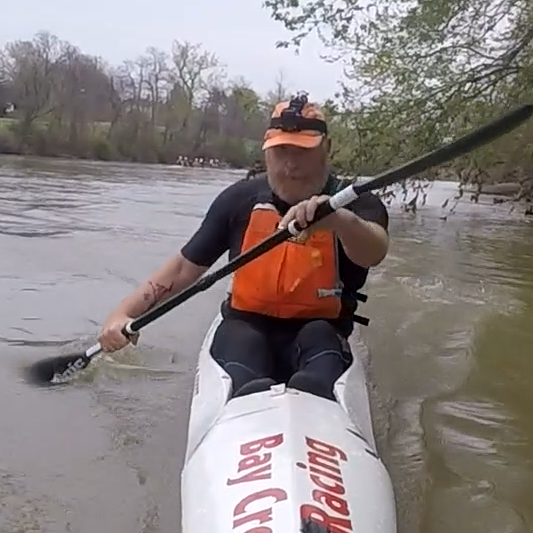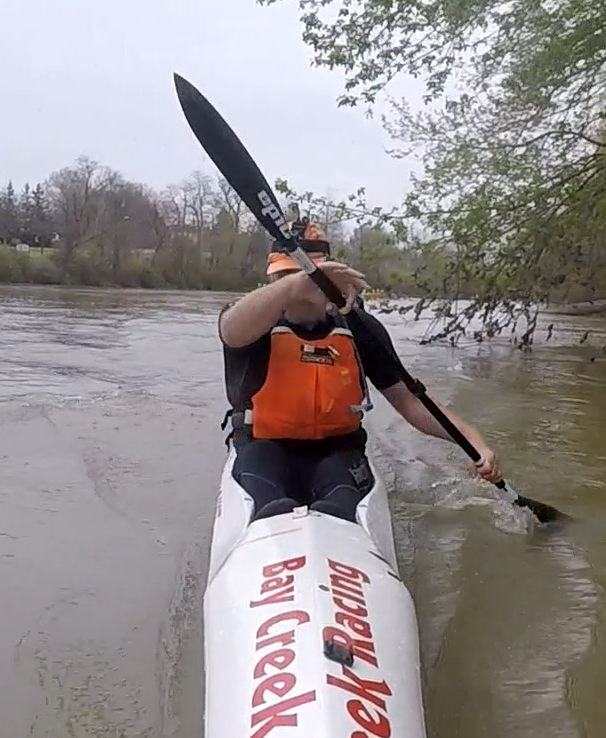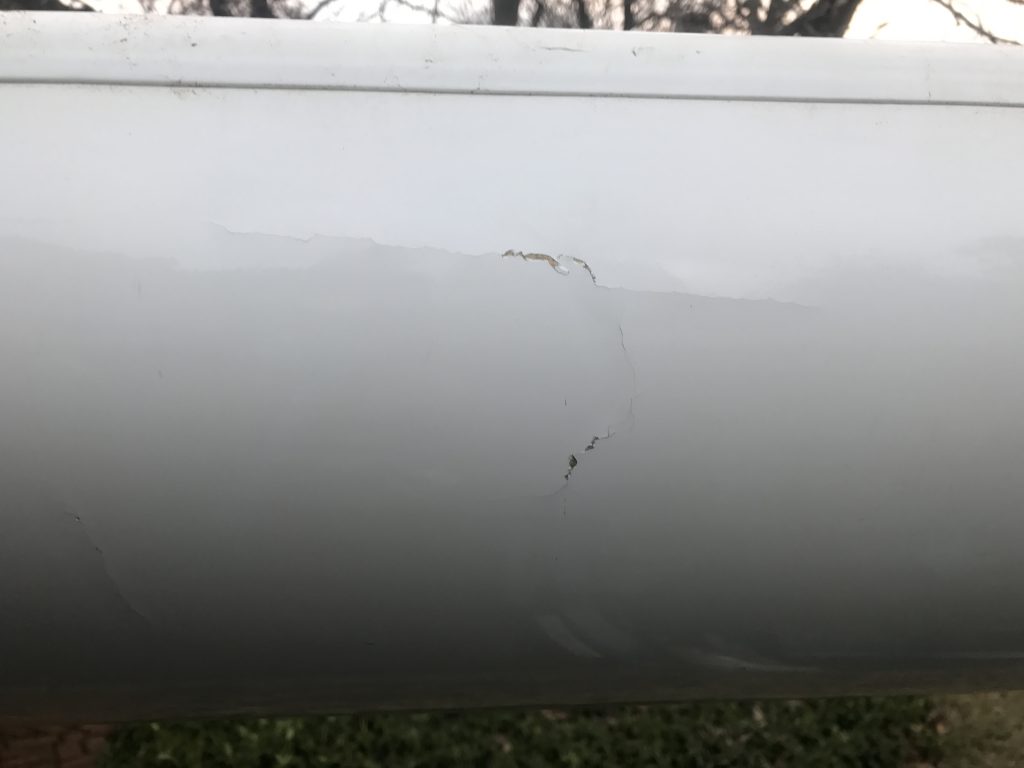One of the things that really bugs me about actions cameras is that almost every single one of them has about a 80 to 90 minute battery life. The sole exception I’ve found is the Contour Roam 3 which has nearly a 3 hour battery life. Unfortunately it’s limited to 1080p/30fps, and even at that I didn’t think the picture was as bright and vibrant as, say, my old Polaroid XS100.
After multiple camera failures mostly due to water, I decided this year to treat myself to a GoPro Hero 5 Black and a GoPro Hero 5 Session. They are both intrinsically waterproof and have good picture quality as well as higher resolutions like 4K/30fps and 1080p/60fps. But again, they’ve got that 80-90 minute battery life.
I did “bench tests” on my desk using external USB batteries and discovered that with an external battery, I could easily get 3 hours out of either camera. So using some zip-ties and silicon putty, I arranged these external batteries and waterproofed the cable connections and yesterday I went out to use them on the water. It was coolish and overcast, so overheating would not be a problem – it was certainly cooler than when I’d been testing at my desk, anyway. But I was extremely disappointed when the Session only gave me 88 minutes of video, almost as if I hadn’t had the external battery at all, and the Black gave me 115 minutes of video.
I’m trying to figure out why both cameras stop getting charge from the batteries out in the field, but work fine at my desk. Working hypotheses:
- The cameras are overheating and shutting down
- Recording a moving scene in the real world is more taxing on the cameras than recording a mostly static scene in my office, and so they’re trying to suck more power than the battery can provide
- The image stabilization is sucking down lots of power in the moving environment that it’s not on my desk
- The cables aren’t as secure as I think they are and they’re coming lose somehow
I consider the first one unlikely, because the field test was done in cool and overcast weather. When I got home, I tried both cameras again and they both started recording and lasted for the remaining time on the external batteries. To see if it was just the lack of motion in the office scene, I pointed both cameras at my computer screen and started a continuous play list of YouTube videos, and that didn’t seem to make any difference. That would tend to argue against the second hypothesis. I also discovered that I’d only had image stabilization turned on in the Session and not the Black, which argues against the third hypothesis. I can’t find any signs of looseness in the cable connections. Oh, and one other thing I discovered while doing my bench test – the front of the Session, especially the screws holding on the front lens cover glass, were almost uncomfortably hot to the touch. I should see if they get that hot on the water.
I have one other test I can try – I have a much bigger battery that has a 2.1A port for iPads. I don’t know if GoPros do the magic handshake that allows them to take higher amperage from 2.1A ports, but that would be a good test to see if they’re just using too much juice in the field. But this battery is way heavier, and also is going to be a bitch to waterproof, so I don’t think it’s a race-ready solution.
But one of the possibilities I didn’t include in the above list is that the target market for action cams are people who stop and start their cameras to capture short bursts of activities like sky dives and downhill ski runs, so nobody is actually designing or testing their cameras to see if they’re capable of doing multiple hour long videos.
One of the reasons I went for GoPro rather than some other brand is that the third party add-on infrastructure is there for GoPro in a way that isn’t there for Sony or Contour or other brands. Some of the older GoPro models had third party battery extenders, and I have hope that somebody else will eventually solve my problem for me. I asked Ray Maker (of DC Rainmaker) and he agrees with me that third party solutions may be imminent.



